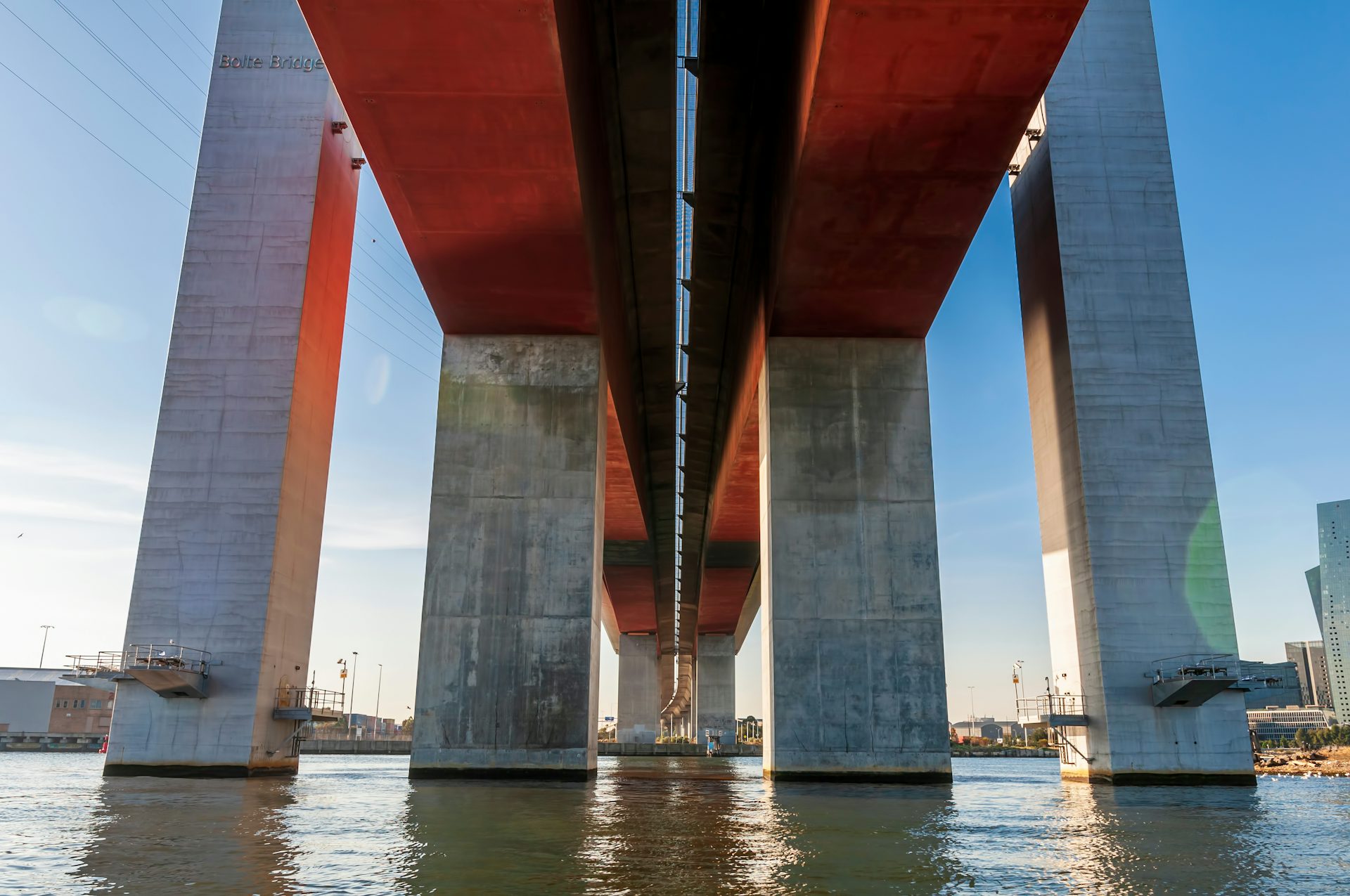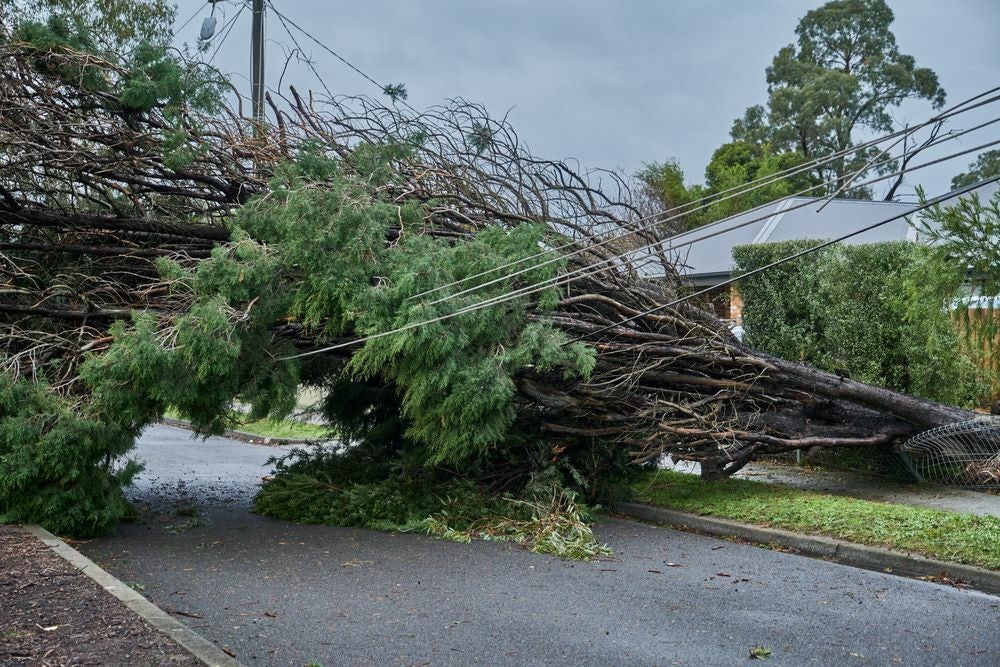Opportunities to reduce greenhouse gas emissions of infrastructure

Advice to the Victorian Government
Up to 70% of Australia’s annual greenhouse gas emissions relate to the lifecycle of infrastructure through operational, enabled, and embodied emissions.
This report explains how the Victorian Government can update policies, guidelines and procedures to make carbon emissions count in infrastructure decision-making. This includes planning, design, construction, maintenance and the end-of-life of Victoria’s infrastructure.
Action to limit or eliminate infrastructure-related emissions, also known as decarbonising infrastructure, is complex. Government and industry stakeholders are looking for leadership, consistency and guidance on how to proceed.
Key findings
There are many opportunities to reduce carbon across the life of an infrastructure asset.
New assessment and procurement processes can support better use of existing infrastructure. They can also prioritise low carbon design solutions and materials.
Valuing carbon emissions can lead to better productivity outcomes, in addition to reducing carbon.
Acting now can save money and help deliver infrastructure more efficiently. It can also improve Victoria’s global competitiveness and help the state meet its emission reduction targets.
Recommendations/Policy options
The advice identifies 3 principles and makes 10 recommendations, each with clear actions. They can guide how the Victorian Government plans, sources, delivers and maintains its infrastructure on the path to net zero.
The 3 overarching principles to guide decarbonisation efforts in Victoria are:
- Prioritise non-build or low build solutions. Aim to get better use from existing infrastructure or modify it to meet changing needs before considering a new build. Use construction techniques like offsite or modular construction wherever possible in new builds.
- Align approaches with other governments and industry best practices.
- Clarify the scale and pace of infrastructure emissions reduction to give confidence to industry.
Our 10 recommendations create the foundation for decarbonising infrastructure.
- Adopt a carbon management standard like PAS 2080:2023 Carbon management in buildings and infrastructure to measure and manage carbon emissions and modify as needed to embed in Victoria.
- Implement the same carbon measurement approach as New South Wales and deliver training across the Victorian Government.
- Initially adopt a carbon value of at least $123 per tonne and then update to reflect values required to achieve Victorian emissions reduction targets.
- Update business case guidelines and templates to integrate emissions reduction.
- Measure carbon in infrastructure cost benefit analysis and make decisions that reduce emissions.
- Update procurement frameworks and guidance to embed carbon reduction in tenders.
- Update standard form contracts to include carbon reporting, abatement requirements and further reduction opportunities.
- Establish carbon management prequalification requirements for government contracts.
- Support industry to develop zero or low emissions solutions by testing alternative materials and adopting performance-based standards.
- Update assurance processes to include carbon emissions.
Submissions
Infrastructure Victoria called for submissions on opportunities to reduce the greenhouse gas emissions of future public infrastructure investments. The consultation period closed on 14 May 2023.
We received 14 submissions from peak bodies and industry groups in fields such as construction and transport, private companies involved in infrastructure development, government organisations, advocacy groups, and private individuals.
Those who consented to their submission being published can be found below.
Supporting documents
Opportunities to decarbonise Victorian Government infrastructure
Technical document
PDF 13MB
Download
- File format and size
- PDF • 5MB
Download - Topics
- Type
- Advice to government
- Published
- 2024




